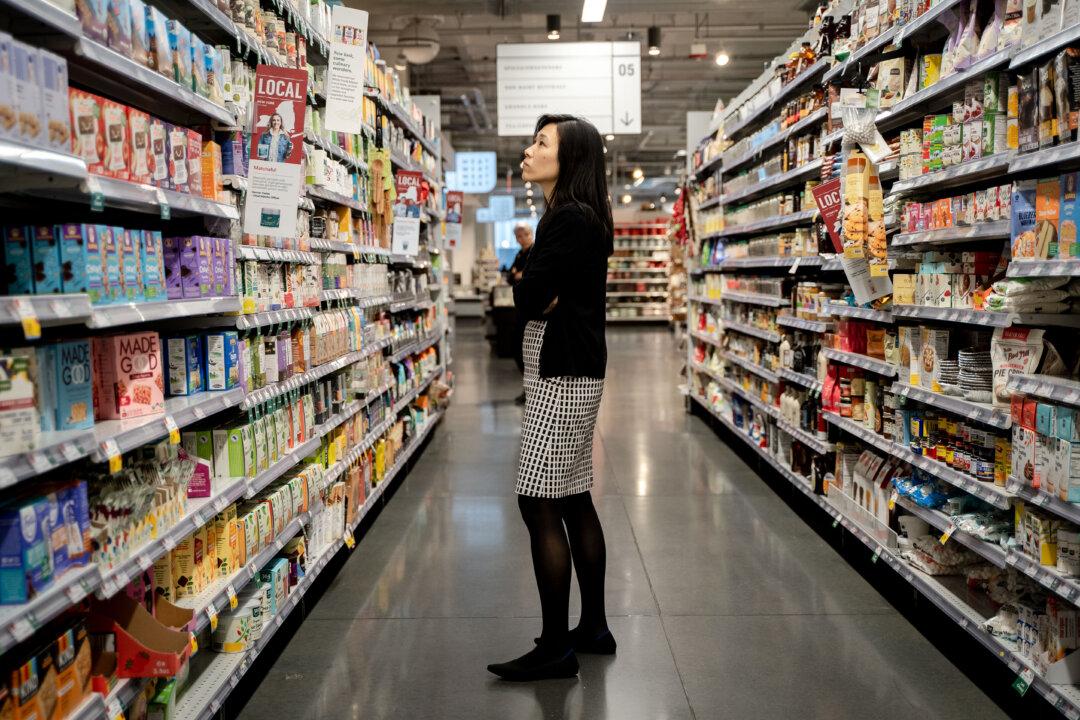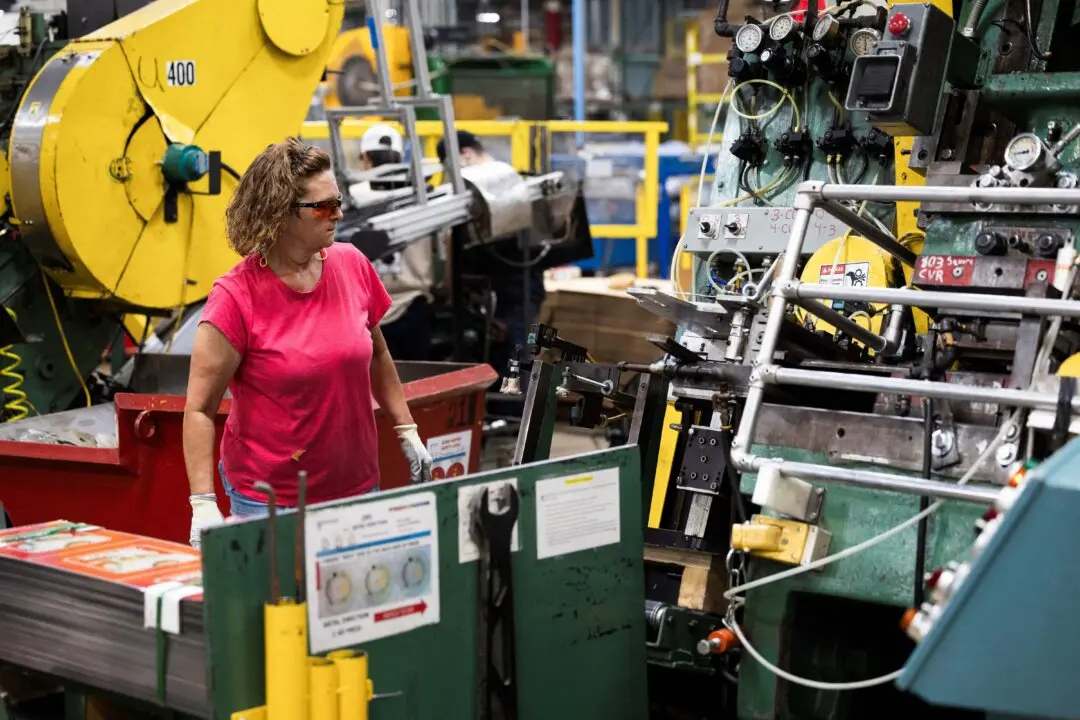The U.S. annual inflation rate climbed to 9.1 percent in June, reaching its highest level since November 1981 and topping the market estimate of 8.8 percent and May’s annual rate of 8.6 percent.
According to the Bureau of Labor Statistics (BLS), the consumer price index (CPI) rose by 1.3 percent month-over-month. The monthly inflation also was higher than economists’ expectations of 1.1 percent.





